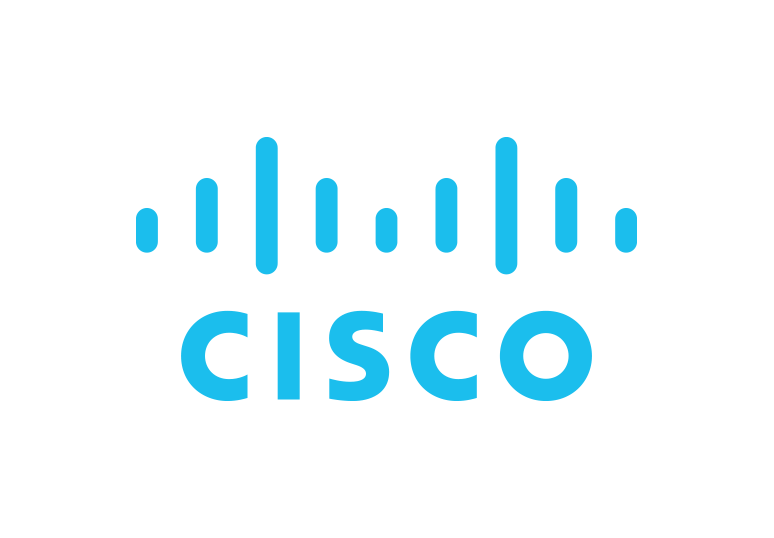

Overview
As part of Cisco's Cloud portfolio, the Cisco XRv9000 is a 64Bit Carrier Grade Virtual Router providing both virtual provider edge (vPE) and route reflector (vRR) capabilities. The AMI image runs Cisco's IOS-XR technology enabling customers to deploy the same world class networking services that they are use to in their own networks but inside AWS. It includes the following functionality: IOS-XR Base Tech Package: BGP, OSPF , ISIS, IPv4, IPv6, GRE (IPv4 transport with IPv4 or IPv6 payload), uRPF, NTP, QoS ((Policing/Marking/H-QOS/Egress-TM), Hierarchical Policers (conform aware), 802.1Q VLAN, ACL, AAA, RADIUS, TACACS+, IOS-XR CLI, SSH, SNMP, and EEM
Learn more about Cisco's cloud portfolio: https://www.cisco.com/c/en/us/solutions/cloud/overview.html Other product demos & Trials: https://www.cisco.com/c/en/us/solutions/cloud/promotions-free-trials.html Watch the connect, protect, consume video: https://www.youtube.com/watch?v=hutN661yqRc
Highlights
- High-performance vPE capability running world-class IOS-XR carrier grade software supporting the same commands, tools, and logging available on Cisco ASR9K family of router products.
- Superior vPE architecture that provides a best of industry data plane performance with service provider edge features.
- Based on the extremely resilient, stable, and feature-rich Cisco IOS-XR Software, with the same northbound and management features as Cisco IOS XR Software, which helps ensure smooth integration with existing OSS and business support systems (BSS)
Details
Features and programs
Financing for AWS Marketplace purchases

Pricing
Additional AWS infrastructure costs
Type | Cost |
|---|---|
EBS General Purpose SSD (gp2) volumes | $0.10/per GB/month of provisioned storage |
Vendor refund policy
XRv9000 is supported on AWS marketplace using BYOL licensing, customers purchase XRv9000 licenses directly from Cisco (CCO).
How can we make this page better?

Legal
Vendor terms and conditions
Content disclaimer
Delivery details
64-bit (x86) Amazon Machine Image (AMI)
Amazon Machine Image (AMI)
An AMI is a virtual image that provides the information required to launch an instance. Amazon EC2 (Elastic Compute Cloud) instances are virtual servers on which you can run your applications and workloads, offering varying combinations of CPU, memory, storage, and networking resources. You can launch as many instances from as many different AMIs as you need.
Additional details
Usage instructions
Complete the following steps to launch a XRv9000 AMI:
- Locate the XRv9000 product page by searching the AWS Marketplace for "XRv9000".
- On the XRv9000 product page, click the "Continue" button.
- Use either the "Launch with EC2 Console" tab to complete the deployment of a XRv9000 AMI. Select the correct version and region, and click the "Launch with EC2 Console" button.
- The Launch Instances Wizard will open. Select the desired instance type and click "Next".
- Select your desired VPC environment in the "Network" pull-down menu.
- Select your desired IP subnet for the first XRv9000 network interface in the "Subnet" pull-down menu.
- Add additional network interfaces, and select appropriate subnet for each to connect to.
- Click "Review and Launch", and then review the information for correctness.
- If the information is correct, click "Launch", and then either select an existing key pair to use for authentication, or create a new key pair. If you create a key pair, make sure to download and save the private key.
- Click "Launch Instances".
- From the AWS Console, wait for your instance to indicate a state of "running". Connect to your instance using an SSH client, and the private SSH key selected or created earlier in these steps. Example: ssh -i mykeypair.pem [email protected]
- Once SSH has connected, you should be at the IOS XR command prompt on the XRv9000.
Resources
Vendor resources
Support
Vendor support
Community support is available during 30-day demo and use the mailer [email protected]
AWS infrastructure support
AWS Support is a one-on-one, fast-response support channel that is staffed 24x7x365 with experienced and technical support engineers. The service helps customers of all sizes and technical abilities to successfully utilize the products and features provided by Amazon Web Services.
Similar products




